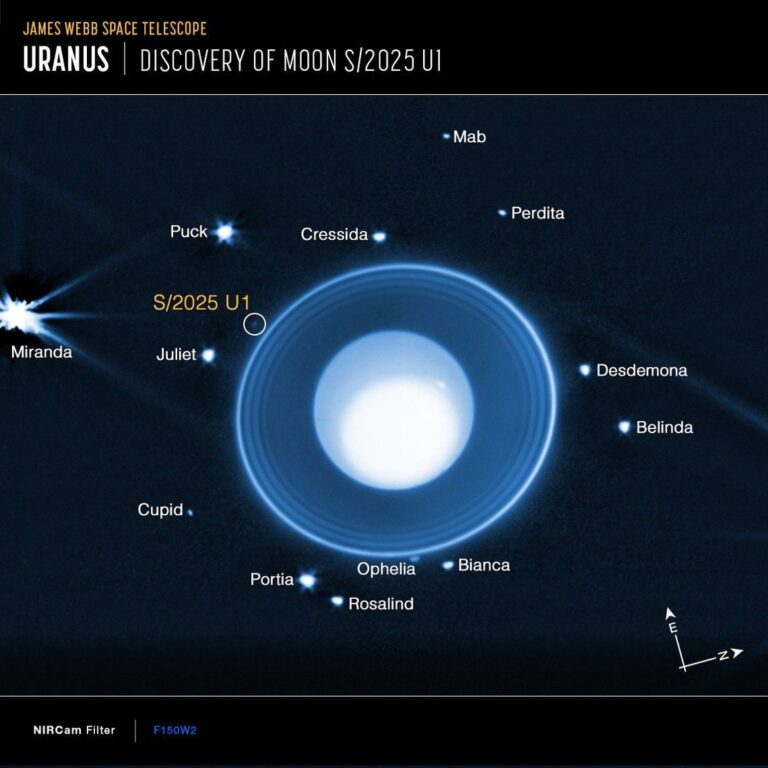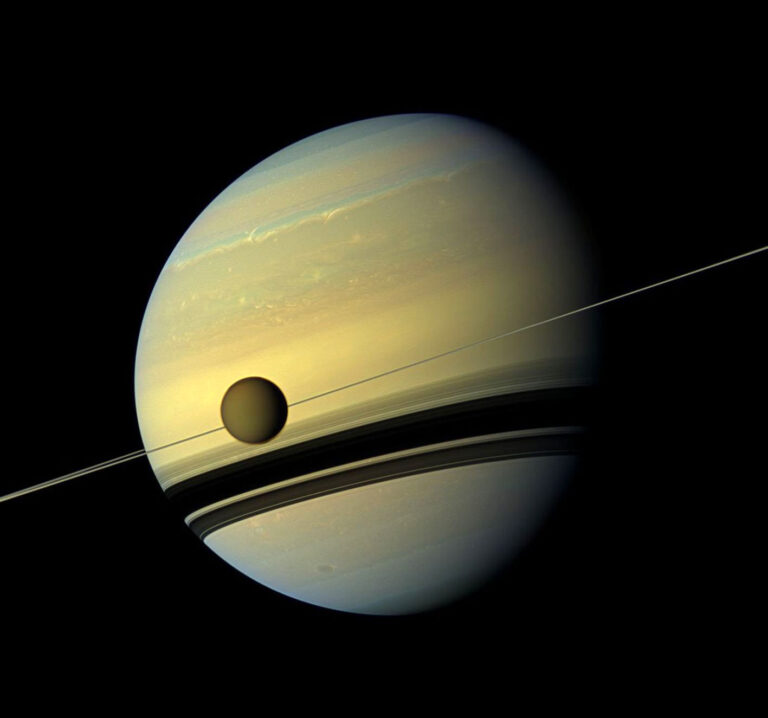Key Takeaways:
The Trace Gas Orbiter and the Schiaparelli entry, descent, and landing demonstrator lifted off on a Proton-M rocket operated by Russia’s Roscosmos at 05:31 a.m. EDT (09:31 GMT) March 14 from Baikonur, Kazakhstan.
The payload fairing was released following separation of Proton’s first and second stages. The third stage separated nearly 10 minutes after liftoff.
The Breeze-M upper stage, with ExoMars attached, then completed a series of four burns before the spacecraft was released at 4:13 p.m. EDT (20:13 GMT).
Signals from the spacecraft, received at ESA’s control center in Darmstadt, Germany via the Malindi ground tracking station in Africa at 5:29 p.m. EDT (21:29 GMT), confirmed that the launch was fully successful and the spacecraft is in good health.
The orbiter’s solar wings have also now unfolded and the craft is on its way to Mars.
“It’s been a long journey getting the first ExoMars mission to the launch pad, but thanks to the hard work and dedication of our international teams, a new era of Mars exploration is now within our reach,” said Johann-Dietrich Woerner from ESA.
“I am grateful to our Russian partner, who have given this mission the best possible start today. Now we will explore Mars together.”
Igor Komarov from the Roscosmos State Space Corporation, said, “Only the process of collaboration produces the best technical solutions for great research results. Roscosmos and ESA are confident of the mission’s success.”
“We’re not only looking forward to the world-class science data that this mission will return, but it is also significant in paving the way for the second ExoMars mission, which will move our expertise from in-orbit observations to surface and subsurface exploration of Mars,” said Alvaro Giménez from ESA.
The Trace Gas Orbiter (TGO) and Schiaparelli will travel to Mars together before separating on October 16 at a distance of 560,000 miles (900,000km) from the planet.
Then, on October 19, Schiaparelli will enter the martian atmosphere, descending to the surface in just under six minutes.
Schiaparelli will demonstrate key entry, descent, and landing technologies for future missions and will conduct a number of environmental studies during its short mission on the surface.
For example, it will obtain the first measurements of electric fields on the surface of Mars that, combined with measurements of the concentration of atmospheric dust, will provide new insights into the role of electric forces on dust lifting — the trigger for dust storms.
Meanwhile, on the same day, TGO will enter an elliptical four-day orbit around Mars, taking it from about 190 miles (300km) at its nearest to around 60,000 miles (96,000km) at its furthest point.
After a year of complex “aerobraking,” maneuvers during which the spacecraft will use the planet’s atmosphere to lower its orbit slowly to a circular 250 miles (400km), its scientific mission to analyze rare gases in the atmosphere will begin.
Of particular interest is methane, which on Earth points to active geological or biological processes.
One of the mission’s key goals is to follow up on the methane detection made by ESA’s Mars Express in 2004 to understand the processes at play in its generation and destruction, with an improved accuracy of three orders of magnitude over previous measurements.
TGO will also image features on the martian surface that may be related to trace-gas sources such as volcanoes. In addition, it will be able to detect buried water-ice deposits, which, along with locations identified as sources of the trace gases, could influence the choice of landing sites of future missions.
The orbiter will also act as a data relay for the second ExoMars mission, comprising a rover and stationary surface science platform, which is scheduled for launch in May 2018, arriving in early 2019.










